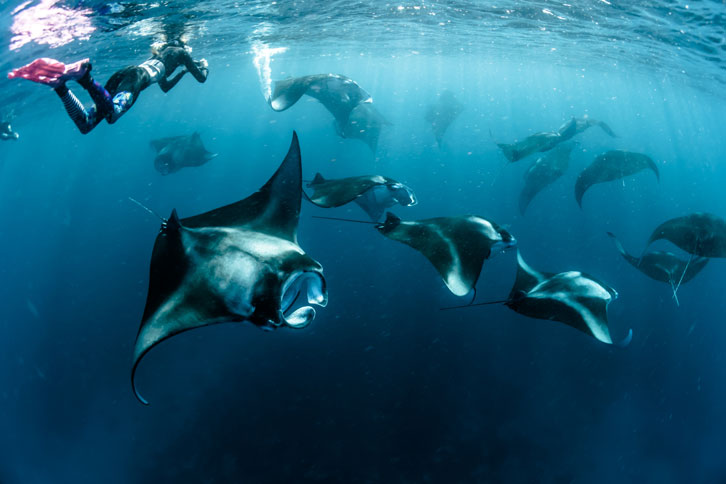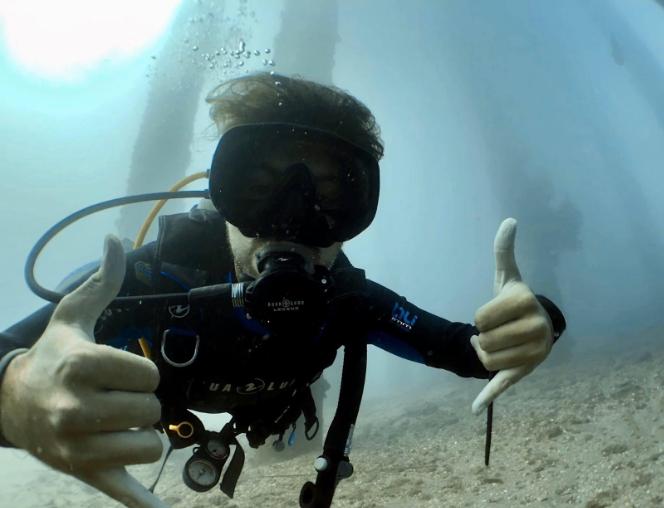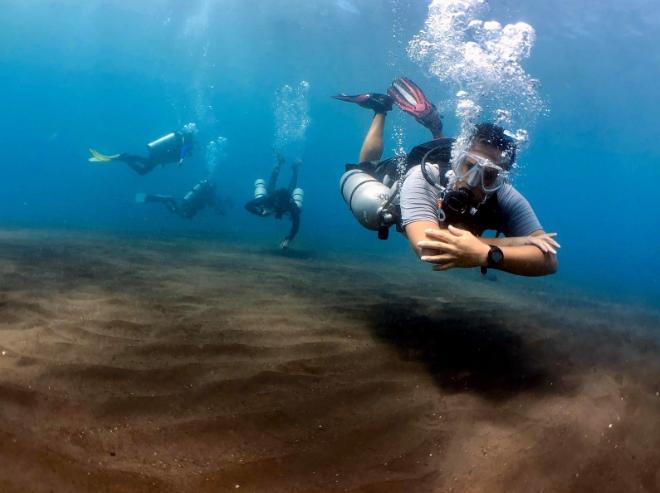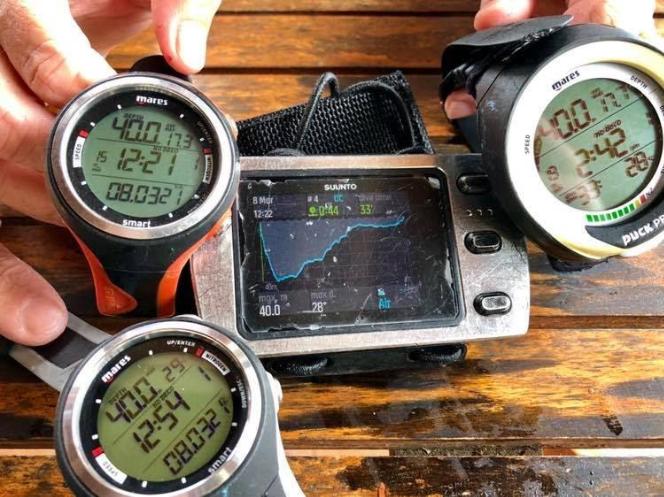Diving Knowledge Workbook: Refraction
Hopefully you all enjoyed our previous blog discussing conduction, heat transmission, and how it affects divers. Now time for our next installment of the Diving Knowledge Workbook blog series and this time we are going to discuss something extremely interesting….refraction!
This question is following on in the Physics section and falls under Objective 1.2, Question 1.
Let’s have a look.
Refraction is caused by the process of:
a. light traveling at different speeds as it passes through different substances
b. water absorbing various wavelengths of light beginning at the red end of the spectrum
c. the changing speed of light due to sunspot activity
d. light traveling at the same speed as sound once it enters water and encounters resistance.
Once again I find one of the easiest approaches to diving theory is to take a step back and apply it to an aspect of our everyday lives and then make the transition into a diving setting. It creates a better understanding of the information rather than just memorizing answers.
For the purpose of this question, let’s imagine you are lying on a beautiful beach in Bali or trekking through the Monkey Forest and you see a majestic and beautiful monkey leaping down from a tree and approaching you with far too much confidence. Now given this is an incredible and awe inspiring situation, let’s discuss what is allowing you to see this.
As the monkey is approaching you, light is reflecting off of the monkey, traveling through the air between you and the monkey and then that light is entering the eye. Once this light enters your eye, it sends a signal to the brain allowing you to interpret the information as this extremely awesome little guy walking towards you.
Now the fact that their looks are deceiving and this “cute” little animal actually intends on stealing your wallet and sunglasses is a completely different interpretation of the situation and usually this knowledge comes from experience. However, at least due to the light traveling through the air we can see this cute, beautiful albeit deceiving and maniacal creature! So that is how we see on the surface. Essentially, light reflects from an object, passing through the air, allowing our brain to interpret the information.
So what happens when we are underwater?
Now as it is very unlikely that you will see a monkey whilst diving, let’s use something that diving in Bali is known for….MANTAS! Now these are without a doubt one of the most majestic animals in the world and a bonus is that they will not steal anything from you!’

So as we are diving, we see a huge Manta Ray swimming past us and of course when we surface we tell all of our friends about the experience and proceed to tell them that it was the world’s largest manta ray and had a wing span of 5 meters!!!…..When that is not actually the case.
Let’s say the Manta was actually 3 meters. 1 meter you added due to the classic case of diver exaggeration, but the other additional meter likely came from refraction and its effect on our interpretation. What allows us to see the manta is the same as what allows us to see the monkey, however, our environment is different which has a bigger effect than most people realize.
In the case of the monkey, the light was passing through the air and entering our eye. Now with the Manta, the light is still reflecting from the gorgeous animal however it the passes through the water between us, then the glass in our mask and finally the air within our mask, so this light is passing through three different mediums, or substances, before our brain has a chance to interpret it.
Each time the light passes through a different substance, it causes it to change speed which therefore causes it to change direction! As a result, by the time the light enters our eye, the information is actually all screwed up from reality by the time our brain interprets it. This process is referred to as refraction, the tendency for light to change speed as it passes through different substances, and is the reason for some of your exaggeration in size.
It causes us to see things as if they were larger and closer than they actually are because the information our brain is processing isn’t exact due to the change in speed of the light.
So after that very exciting and imaginative thought process, let’s revert back to the original question.
Refraction is caused by the process of to which the correct answer would be:
a. light traveling at different speeds as it passes through different substances
I hope you’ve enjoyed this latest post in our Diving Knowledge Workbook blog series and it has given you a better understanding of refraction and the process that allows us to see such incredible animals in Bali. Now you just have to come and experience it for yourself….just keep your wallet nice and close when you see those “cute” monkeys.



